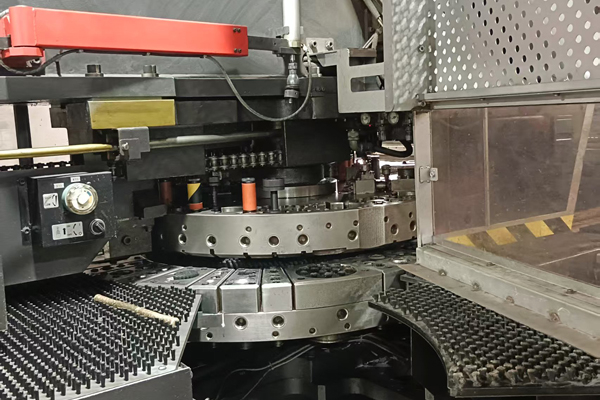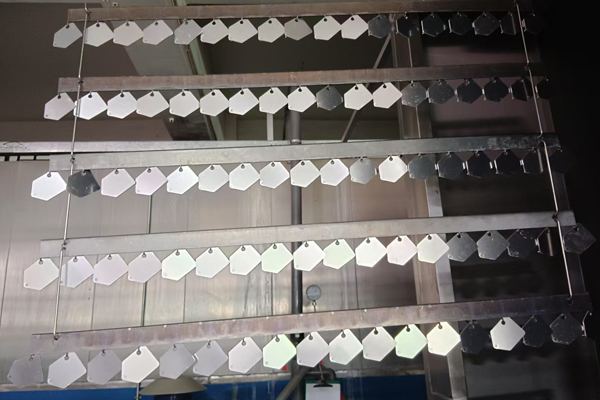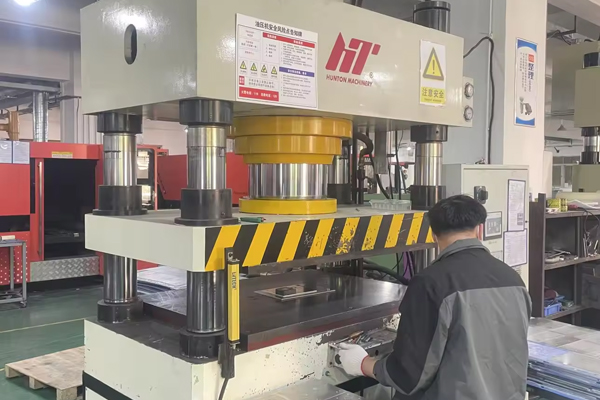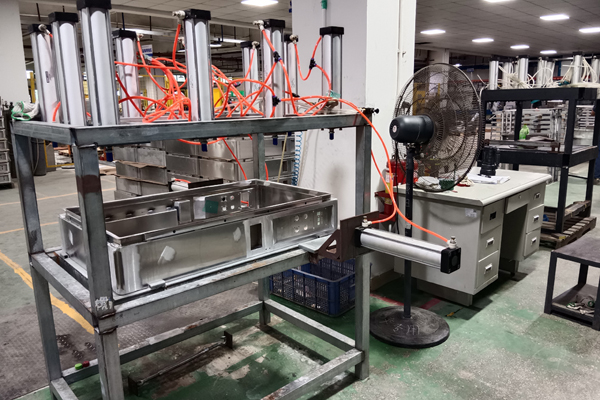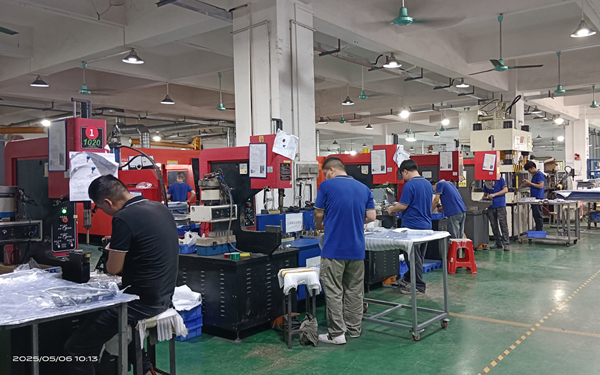Sheet Metal Bending Angle Design Tips
Designing sheet metal bends requires careful consideration of material properties, tooling limitations, and manufacturing feasibility. Here are key tips to optimize your bent parts:
1. Bend Radius Selection
Minimum Bend Radius (to avoid cracking):Soft Materials (Aluminum, Copper): 0.5 × thickness (T)
Mild Steel (Low Carbon): 1 × T
Stainless Steel, Hard Alloys: 1.5–2 × T
Best Practice: Use ≥ material thickness (T) as bend radius unless sharp bends are required.
2. Bend Allowance & Deduction
Bend Allowance (BA) = Length of neutral axis arcFormula:
K-factor (typically 0.3–0.5) depends on material & tooling.Bend Deduction (BD) = Total flat length reduction due to bending.Tip: Use bend tables (from manufacturers) or CAD software (SolidWorks, AutoCAD) for accuracy.
3. Minimum Flange Length
Rule of Thumb: ≥ 4 × material thickness (T) + bend radius (R)
Example: For 1mm steel (R=1mm), min flange = 4×1 + 1 = 5mm.
Avoid Very Short Flanges: Can cause deformation or tool interference.
4. Hole & Slot Placement Near Bends
Distance from Bend Line: ≥ 2.5 × T + R
Example: 2mm sheet (R=2mm) → Keep holes ≥ 7mm from bend.Slots & Cutouts: Orient parallel to bends to prevent distortion.
5. Avoiding Springback & Overbending
Springback Compensation:Overbend slightly (e.g., 1–2° extra) to account for material rebound.Varies by material (stainless steel springs back more than aluminum).Coining: High-pressure bending reduces springback but requires stronger tooling.
6. Bend Direction & Grain Alignment
Bend Perpendicular to Grain: Reduces cracking risk (especially in anisotropic materials like aluminum).Avoid Bending Parallel to Grain: Can lead to fractures.
7. Tooling & Machine ConsiderationsV-Die Width Selection:Mild Steel: 6–8 × T
Stainless Steel: 8–12 × T
Punch Tip Radius: Should match desired bend radius.Laser-Cut Reliefs: For tight bends, add relief notches at bend intersections.
8. Common Defects & Fixes
❌ Cracking at Bend → Increase bend radius or anneal material.
❌ Warping/Uneven Bends → Use proper die width & clamping force.
❌ Dimensional Inaccuracy → Compensate for springback in CAD.
9. Design for Manufacturability (DFM) Tips✔ Standardize Bend Radii across parts to reduce tool changes.
✔ Avoid Complex Multi-Bends in one operation (consider progressive dies).✔ Add Bend Reliefs (small cuts) at intersecting bends to prevent tearing.
Example Calculation (Bend Allowance)
For a 2mm thick aluminum sheet (K=0.4, R=2mm) bent at 90°:
Applications
Enclosures: 90° bends with relief notches.
Brackets: Hemmed edges for rigidity.
Automotive Panels: Large-radius bends for aesthetics.
